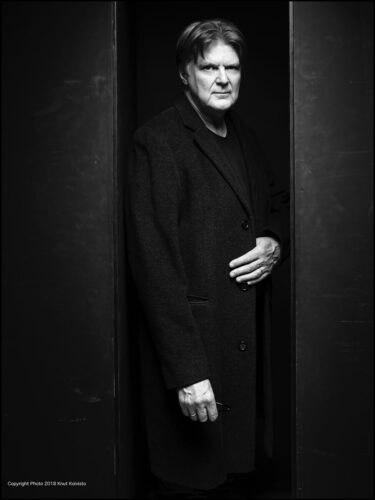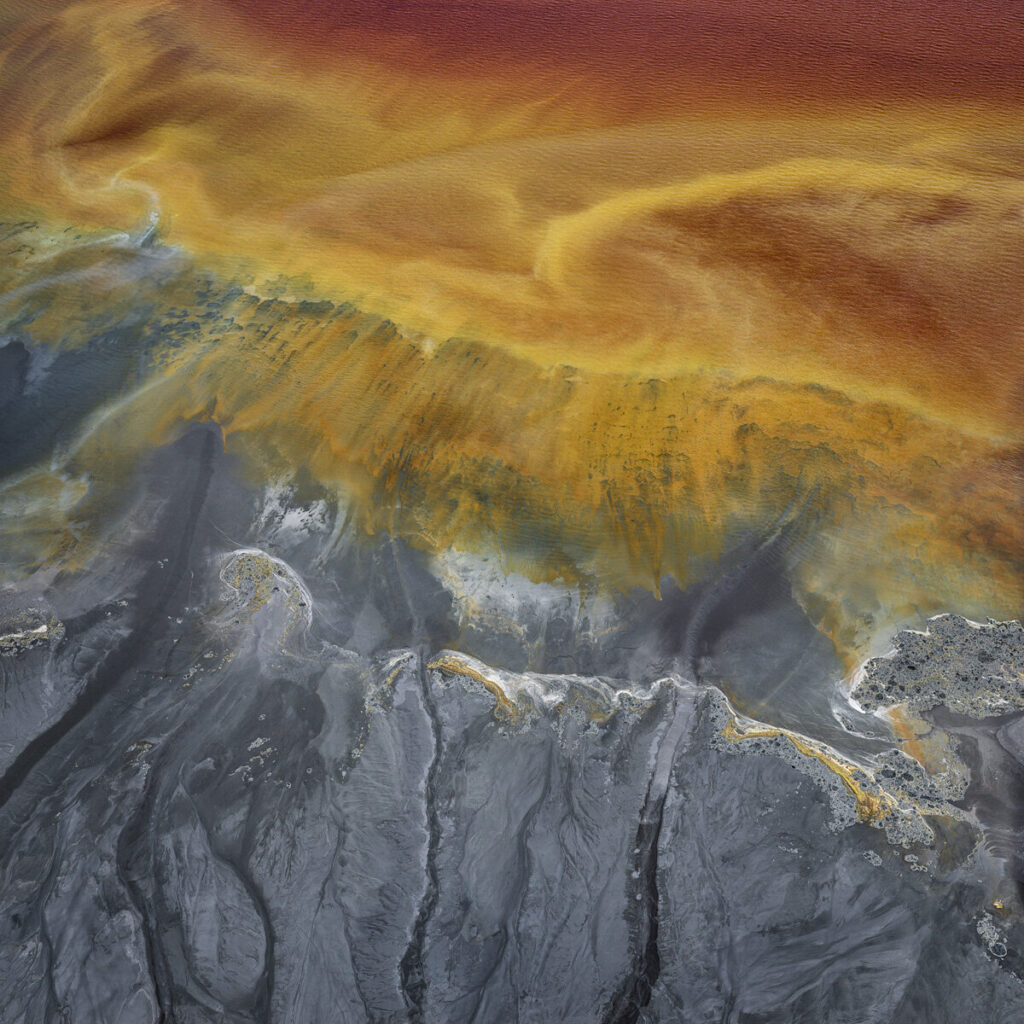ONE OF THE MOST COMPELLING INTERNATIONAL PHOTOGRAPHERS TODAY, SWEDEN’S HANS STRAND TOOK THE TIME TO ANSWER SOME OF THE MOST PRESSING QUESTIONS ABOUT PUTTING NATURE FIRST IN HIS OWN PHOTOGRAPHY AS WELL AS THOSE OF HIS EUROPEAN AND WORLDWIDE CONTEMPORARIES. THIS IS AN EDITED AND TRANSLATED TRANSCRIPT OF HIS CONVERSATION WITH NATURE FIRST’S AMBASSADOR FOR SWEDEN, MATTIAS SJOLUND.
You are, after all, one of the few photographers who have been around long enough to be able to witness the consequences of photo tourism with your own eyes. For example in Iceland. What are your thoughts on how we best preserve and protect nature while also developing photo tourism, as it is a key part of the survival of many photographers and other industries?
 Hans Strand: There is probably only one way to go, and that is the one the Icelanders have chosen. Namely, to limit the space of movement with barriers and to protect the ground from wear with board pins. Ugly and boring, but otherwise the places become completely worn out. As a photographer, it is a scourge, but still a necessity to protect the landscape and wildlife. One might ask the question why everyone must visit the same places? Why focus his photography on already over-photographed places? Myself, I directly ignite such ideas. I’ve been to Iceland 35 times, but very rarely have my foot set in the most iconic places. There is an expression: “to think outside the box“. It’s not a stupid strategy if you want to succeed as a photographer. Trapped paths are only dead ends.
Hans Strand: There is probably only one way to go, and that is the one the Icelanders have chosen. Namely, to limit the space of movement with barriers and to protect the ground from wear with board pins. Ugly and boring, but otherwise the places become completely worn out. As a photographer, it is a scourge, but still a necessity to protect the landscape and wildlife. One might ask the question why everyone must visit the same places? Why focus his photography on already over-photographed places? Myself, I directly ignite such ideas. I’ve been to Iceland 35 times, but very rarely have my foot set in the most iconic places. There is an expression: “to think outside the box“. It’s not a stupid strategy if you want to succeed as a photographer. Trapped paths are only dead ends.
Services like Instagram have allowed second-hand distribution of an image to potentially hundreds of thousands of viewers and have also been accused of being a cause for hordes of photographers pilgrimages to one place. At the same time, it is said that a picture says more than a thousand words and platforms like Instagram are also a communication channel to the market for many. Can we as photographers be part of the solution by broadly disseminating images of our beautiful nature, or should we be more cautious?
Hans Strand: We will definitely spread our pictures. That’s how we can survive as photographers. However, we will omit the site descriptions online. There are even those who publish GPS coordinates, which is idiotic. We should also tell our workshop participants to keep up with site descriptions. Otherwise, the information spreads like a virus, and soon the whole world knows where the most unique places are. Again, however, intelligent photography is not about depicting places, but about making creative interpretations of something that you have in front of you. A talented photographer does not take the picture of the scene with him without interpretation.

You are by far one of the most popular photographers among other photographers and a great role model for many. Among other things, your work has been about clarifying human impressions on the environment and our ongoing environmental degradation. How has this work influenced your outlook on the future and the individual’s ability to improve the environment?
Hans Strand: For me, it has become so clear that man has become the most significant force on the earth’s surface. With this power we have reshaped the entire landscape of the world to our needs. Ignoring this and only photographing what is unaffected therefore becomes naive. It’s like not responding when something is wrong. If you are treated badly, you respond with a protest. It should be equally obvious in nature / landscape photography. If we do this on a larger scale, we become an enlightenment and power factor that can influence things for the better. We simply have to ignore the loss of likes and followers with nasty pictures. However, the followers we lose in such cases are not important followers. What the future will look like is partly in our own hands. Images are important and can form the basis for political decisions that affect the environment. There is a positive spirit among the young population to think ecologically and take the environment into the innermost room. Greta Thunberg has, through her message and vision, become a power factor that almost all politicians want to stay friends with and refer to.
“We have reshaped the entire landscape of the world to our needs. Ignoring this and only photographing what is unaffected therefore becomes naive.
After all, through the Manmade Land series, you have done our nature a great service by documenting the environmental degradation and creating visual art with an important political message, would you like to see more of these types of pictures from other leading photographers?
Hans Strand: Yes, absolutely. As I said before, we should more often aim our cameras at the ugly and spread the images through photo exhibitions and books. It is true that an image does not have to be bad because the content is ugly. Nor does it automatically get good if the content is beautiful. Pictures of human shortcomings can become powerful art.
What do you think is important that we all think about when we are in nature?
Hans Strand: Show respect and consideration. This goes especially for animals. Stones and trees do not protest if we flap, but the animals can be disturbed and hedges are interrupted. We should also think about our footprint when it comes to traveling. Traveling to the other side of the earth for photography is not particularly environmentally friendly. We should aim our cameras more toward the local environment. There is more than you think.
See can see more of Hans Strand’s work here.
